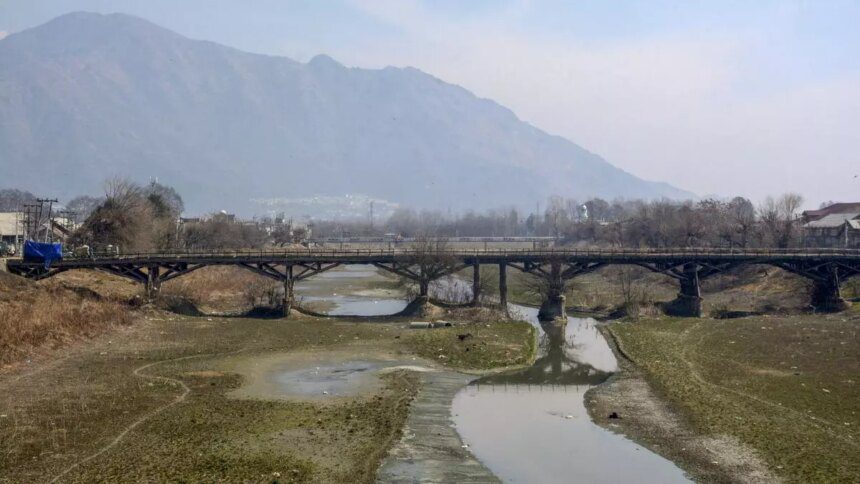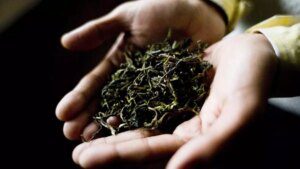Kashmir is currently enduring a prolonged dry spell, leading to an extraordinary shortage of precipitation in the region.
This extended dry period, coupled with rising temperatures, has adversely affected winter sports activities and local water bodies, forcing authorities to delay the upcoming winter games.
Originally scheduled for February 22 in Gulmarg, the second edition of the Khelo India Winter Games 2025 has been postponed due to insufficient snowfall. The renowned ski resort was expected to host various events, including alpine skiing, Nordic skiing, and snowboarding from February 22 to February 25.
On February 17, Chief Minister Omar Abdullah informed reporters that he could not announce new dates for the event at that time but noted a forecast for additional snowfall. He stated, “After this snowfall, experts from the Ski Federation will assess the slopes. If they determine that there is enough snow to conduct the games, we will promptly announce the new dates.”
The lack of snowfall has led to the cancellation of numerous skiing packages, disappointing both adventure seekers and local business owners.
Tariq Ahmad Khan, President of the Tourist Guide Association in Gulmarg, mentioned that approximately 30 to 40 percent of skiing packages have been canceled.
He further stated that the drop in snowfall has severely impacted the livelihoods of sledge operators, ski instructors, and transport providers. “We have seen a nearly 60 percent decrease in their business,” he remarked.
A snowboard instructor noted that some skiing slopes are nearly bare due to the lack of snow.
The Indian Meteorological Department (IMD) had predicted snow and rain from February 19 to 20, raising hopes among snow enthusiasts. However, tourist attractions like Gulmarg and Pahalgam only received light snowfall.
Dr. Mukhtar Ahmad, Director of IMD for Jammu and Kashmir, informed businessline that Gulmarg received about four inches of snow, while Pahalgam recorded between two to three inches.
He added that the Valley might experience significant snowfall between February 25 and February 28.
Prominent springs in South Kashmir, such as Achabal, Dilnag, and Aripal, have nearly dried up due to declining water levels at their sources. Fortunately, a recent brief period of rain caused these springs to flow once more.
“After a recent rainfall, we observed water gushing out of the spring again,” reported Abdul Rehman, a local resident from Anantnag. The diminishing water flow has caused significant hardship for many residents who depend on these water bodies for their drinking water.
This crisis has prompted Chief Minister Omar Abdullah to call for more proactive efforts and collaborative measures for water management and conservation.
According to the Indian Meteorological Department for Jammu and Kashmir, the Valley witnessed a staggering 76.87 percent decline in precipitation from January 1 to February 6.
The region also recorded temperatures 6 to 8 degrees Celsius above normal, contributing to snowmelt and further depleting water sources, exacerbating the effects of the extended dry spell.
Professor Mohammad Sultan Bhat, a distinguished geographer at the University of Kashmir, explains that rising temperatures are causing winter precipitation to fall as rain rather than snow, resulting in diminished snowpack accumulation.
Bhat indicated that observational meteorological data from 1984 to 2024 reveals troubling trends in temperature and river discharge within the Kashmir Valley. He stated, “The mean annual temperature has risen by 0.024°C annually, with winter and spring temperatures increasing at even more alarming rates of 0.046°C and 0.043°C per year, respectively.”










